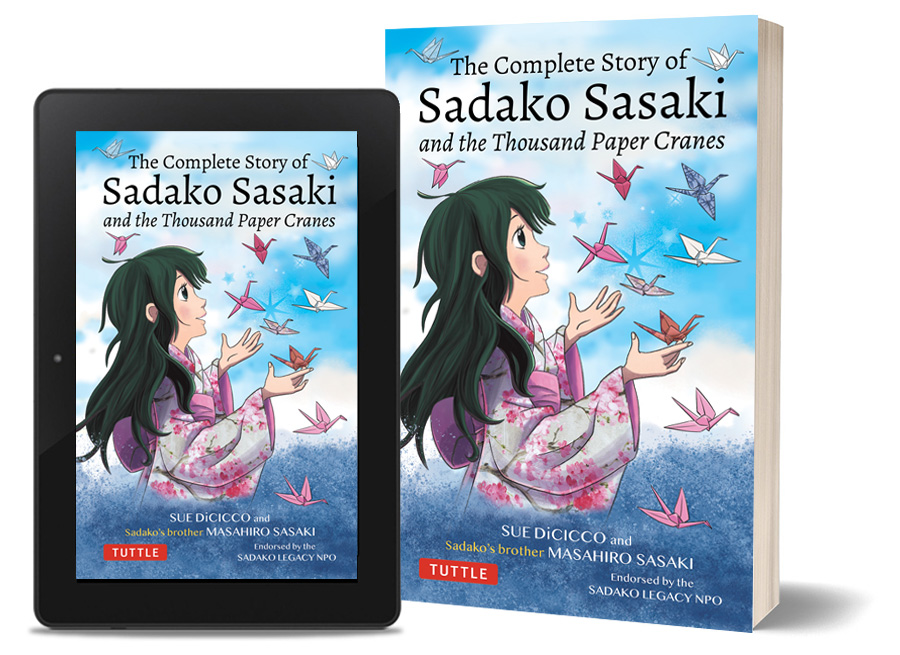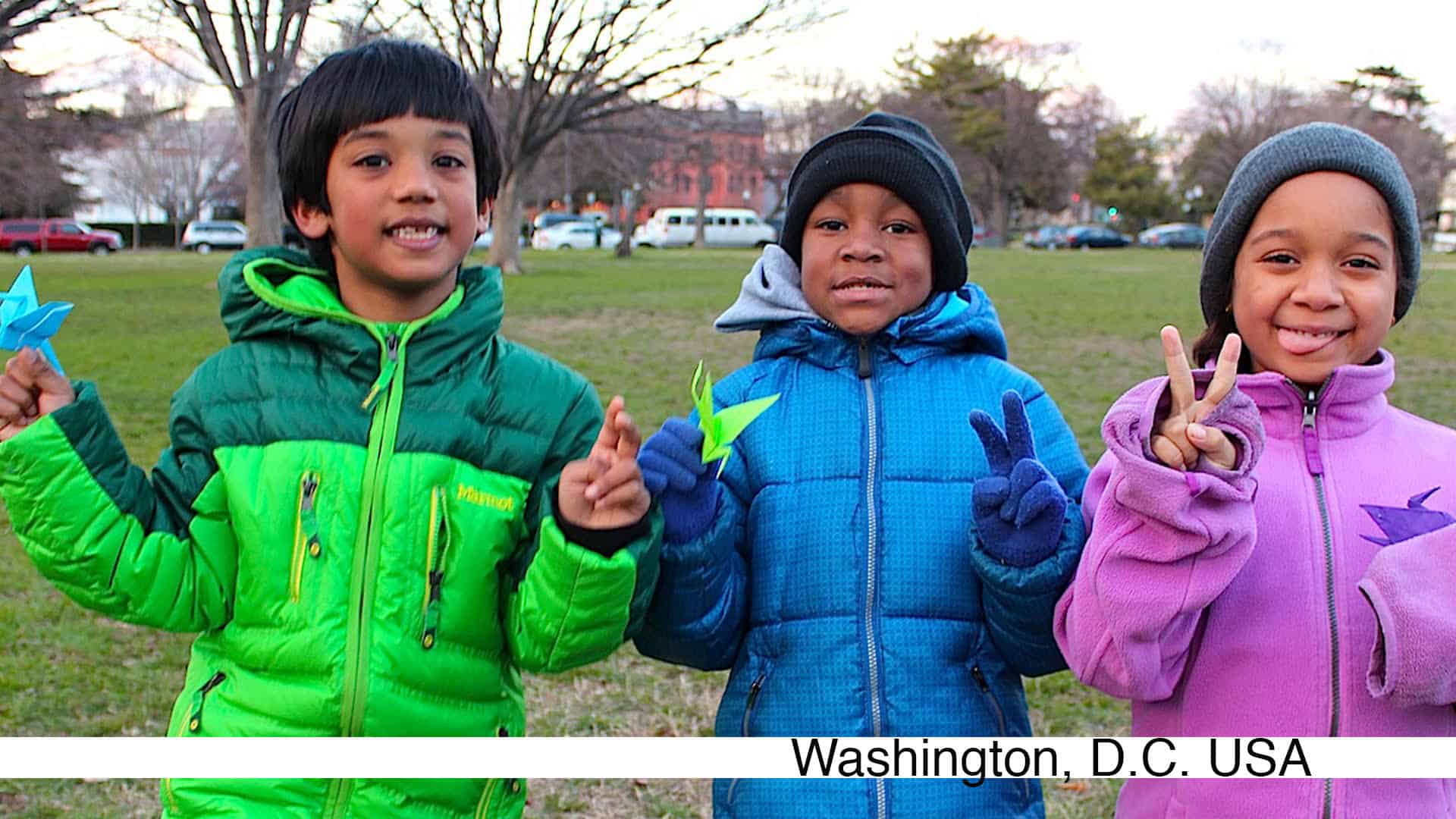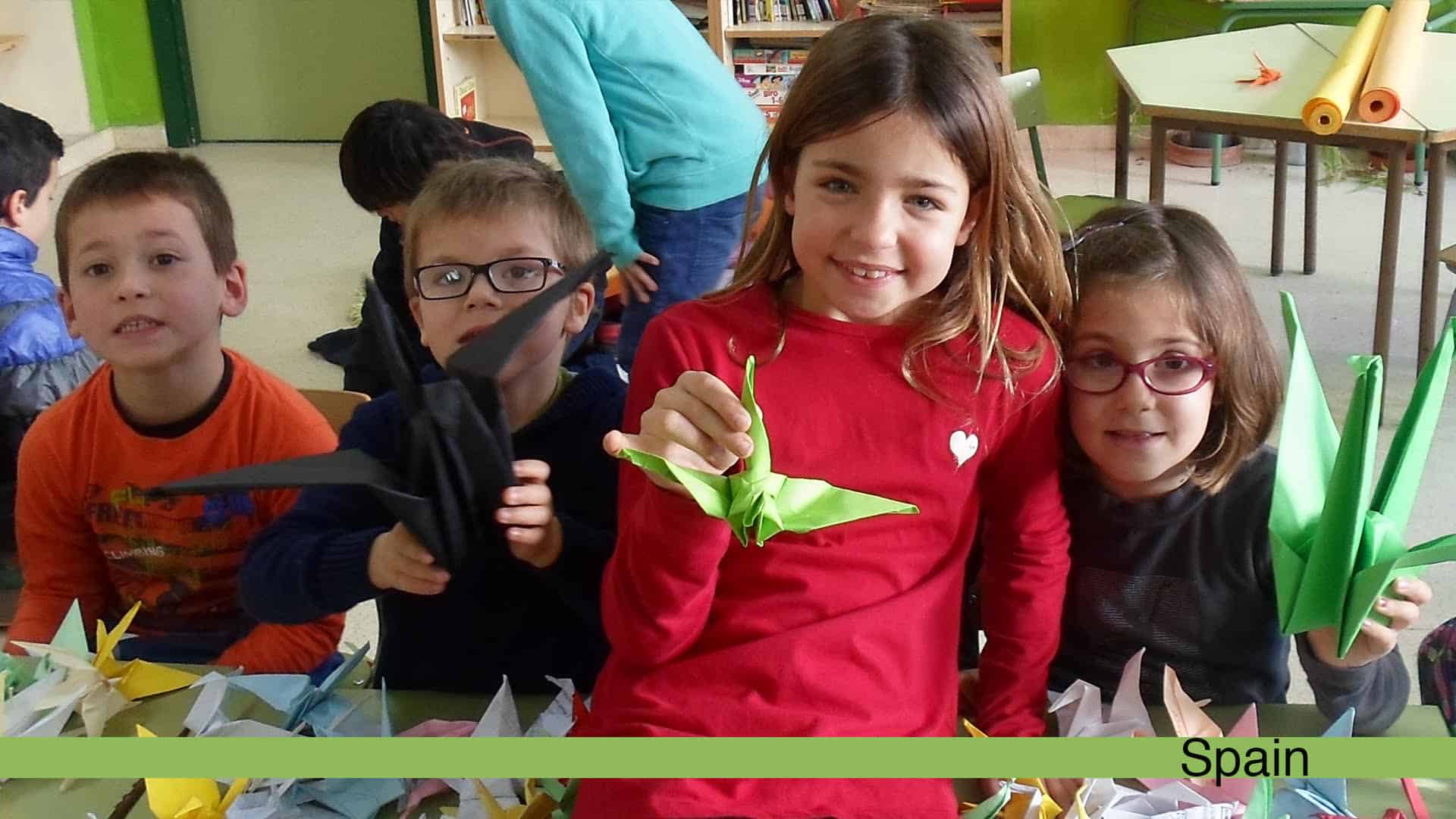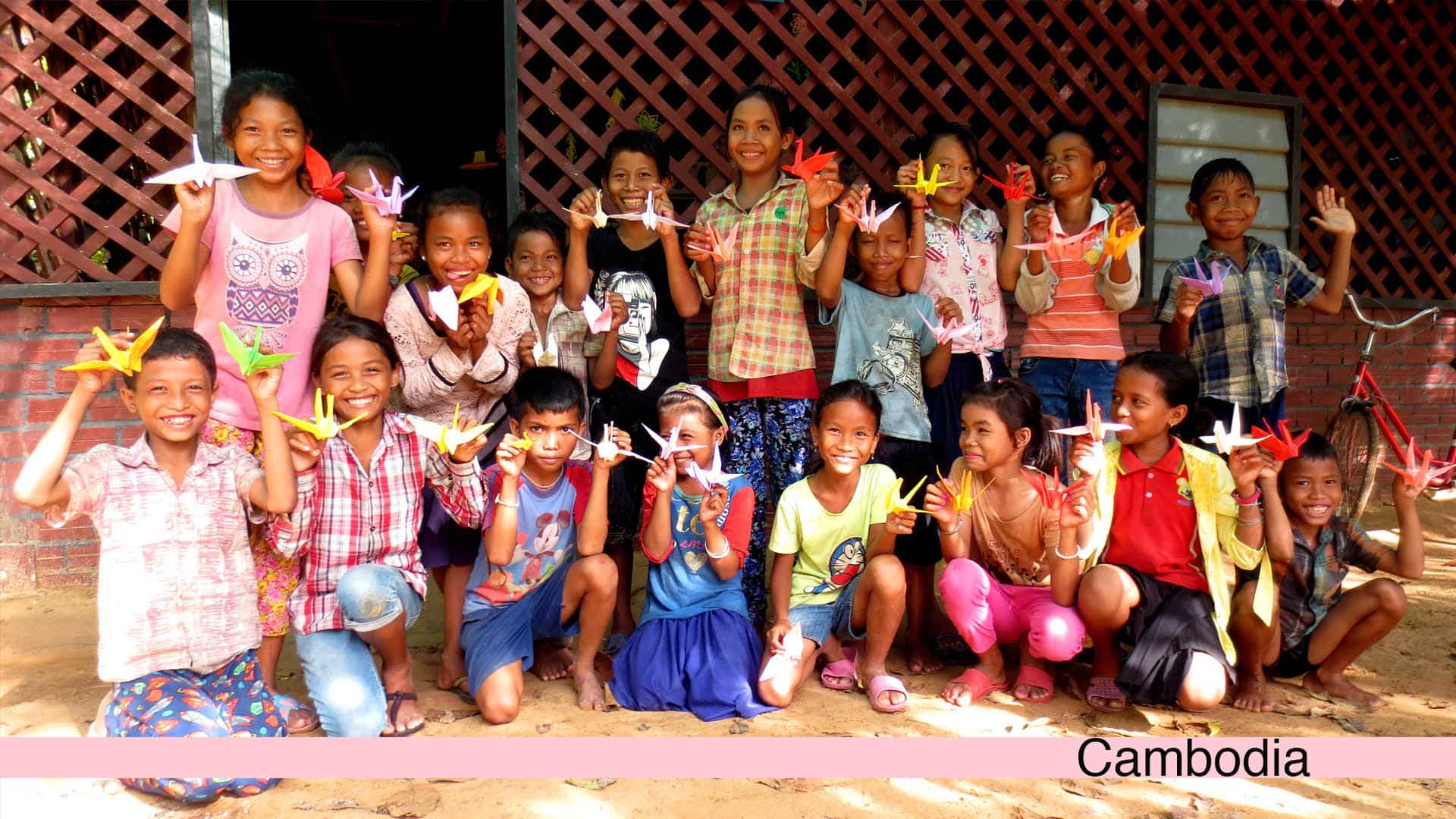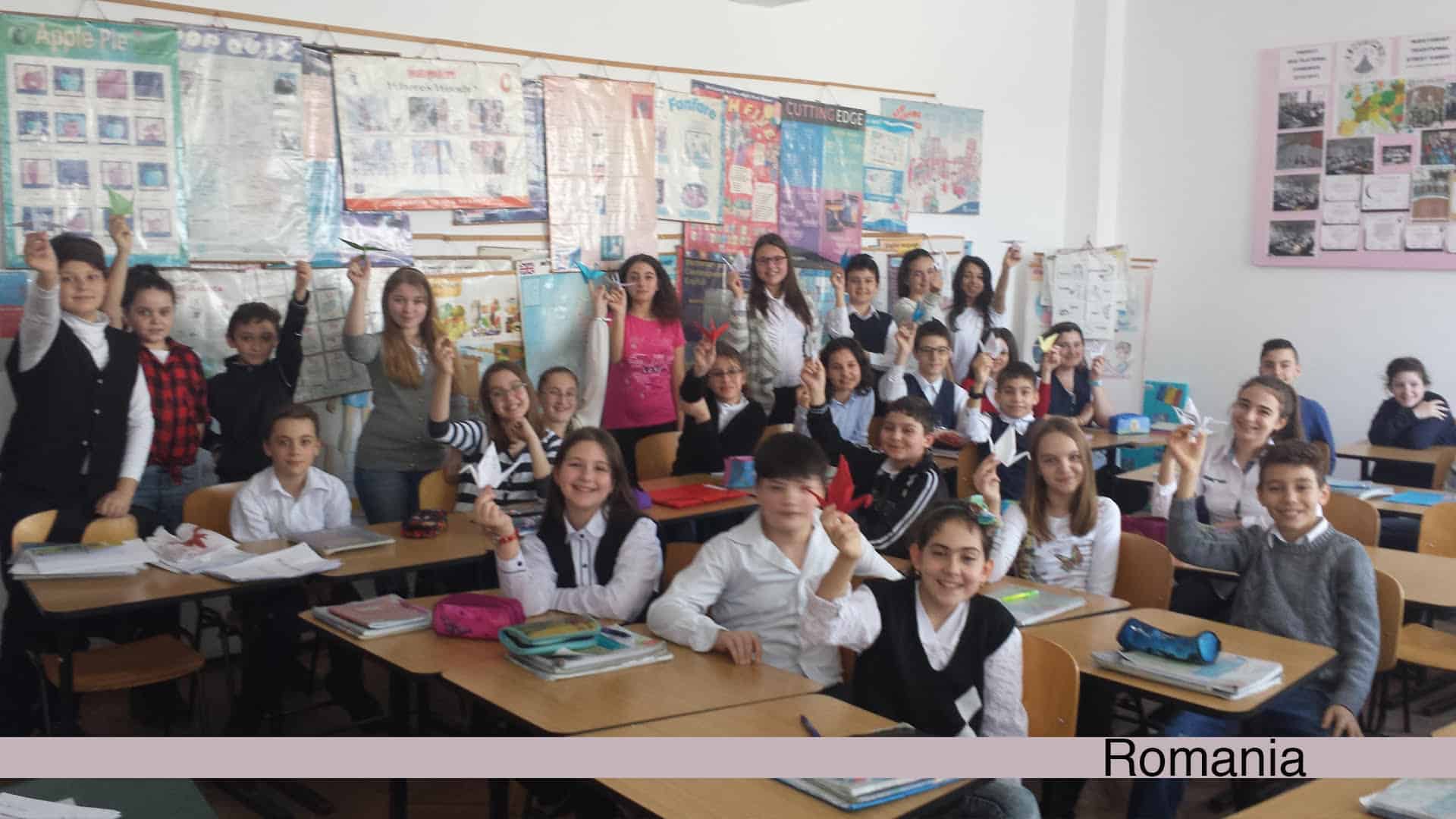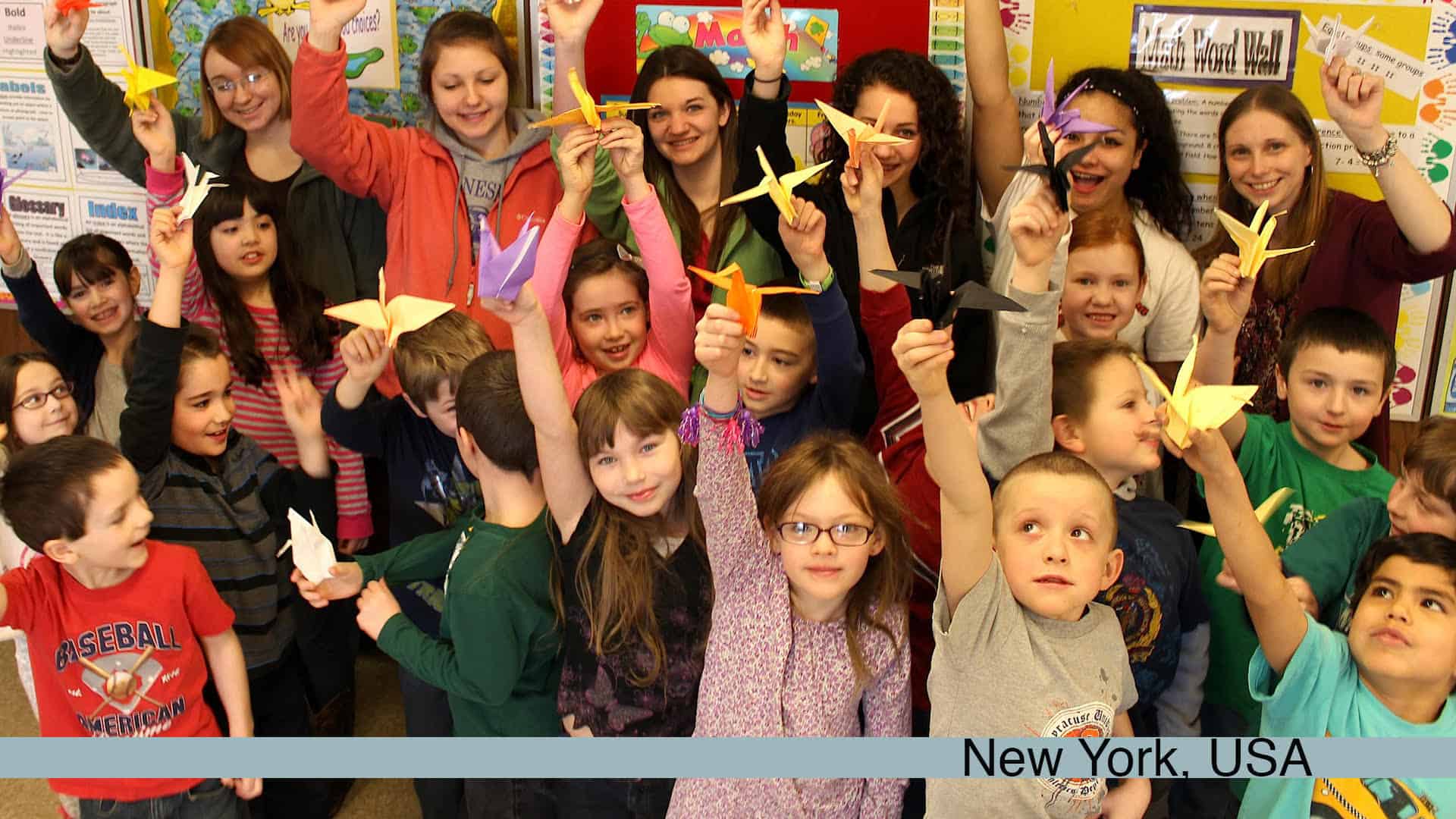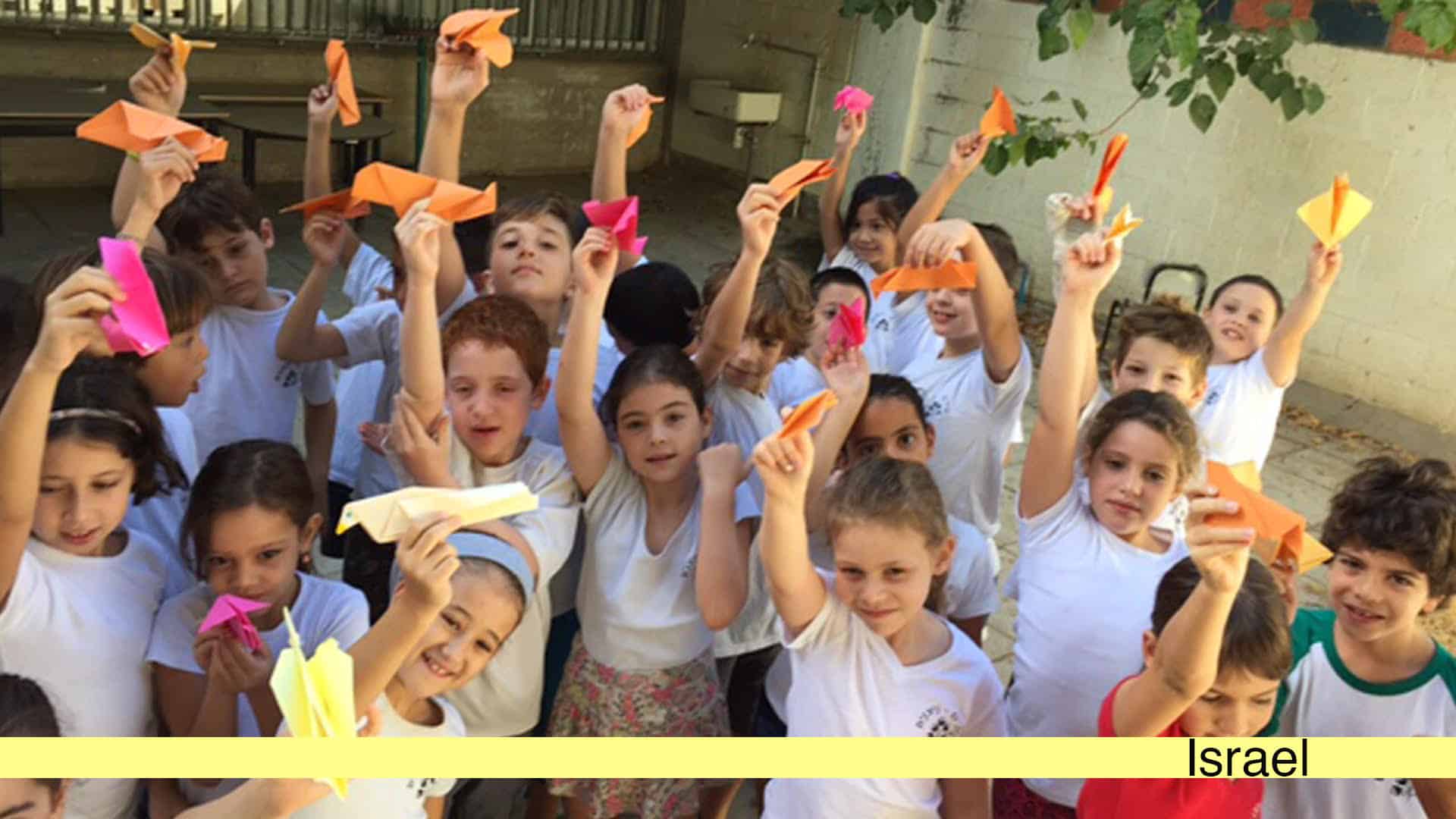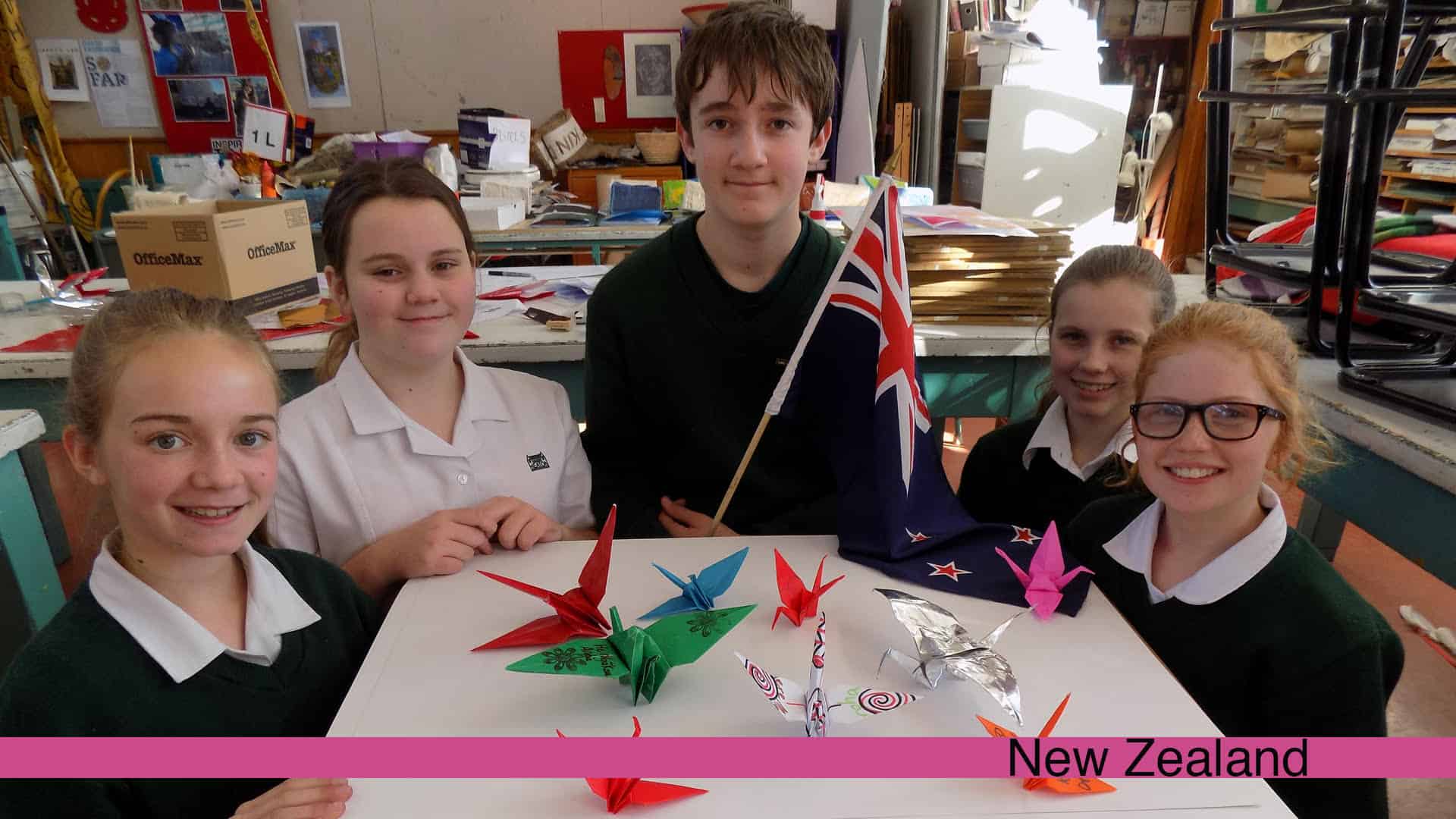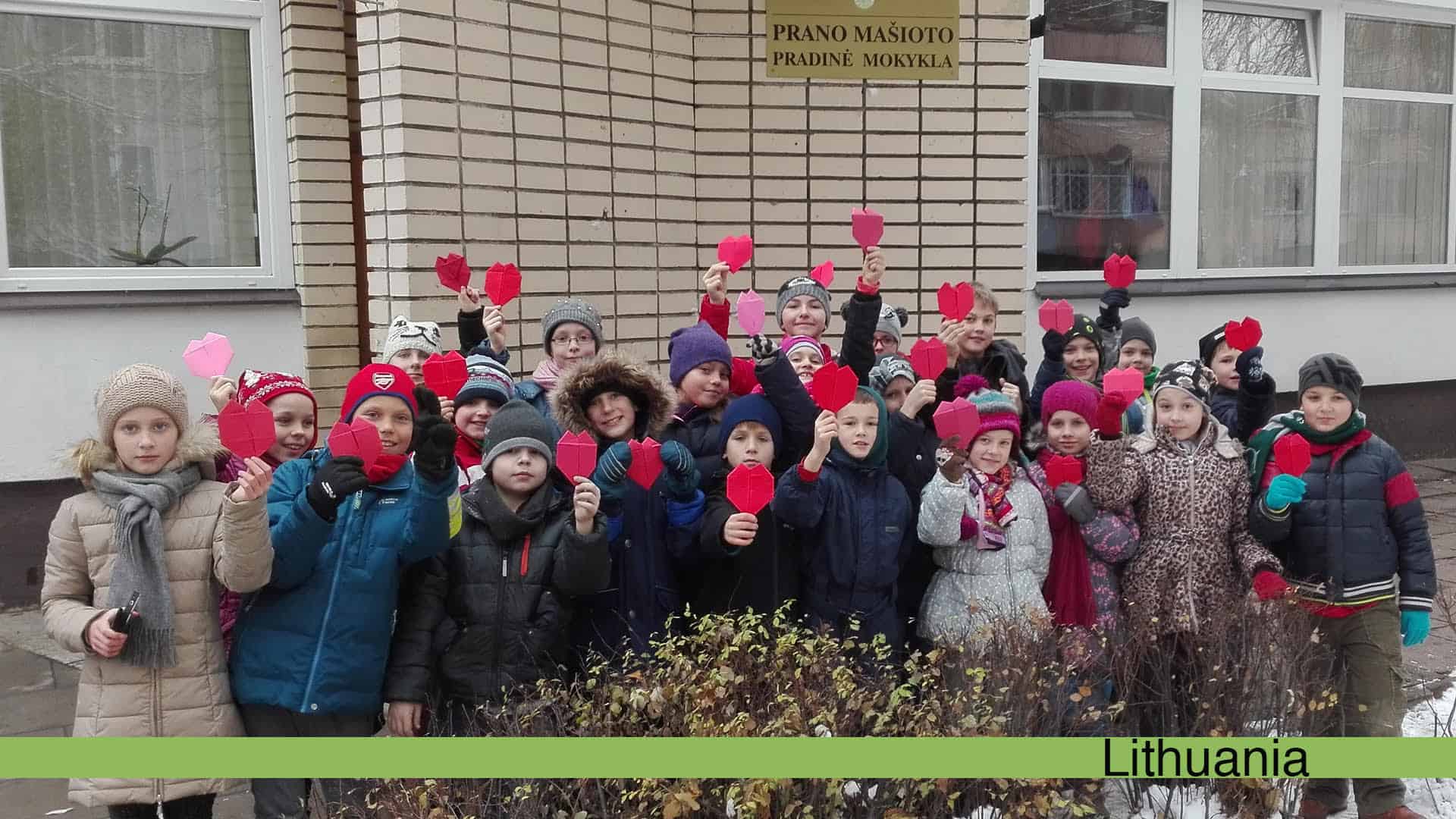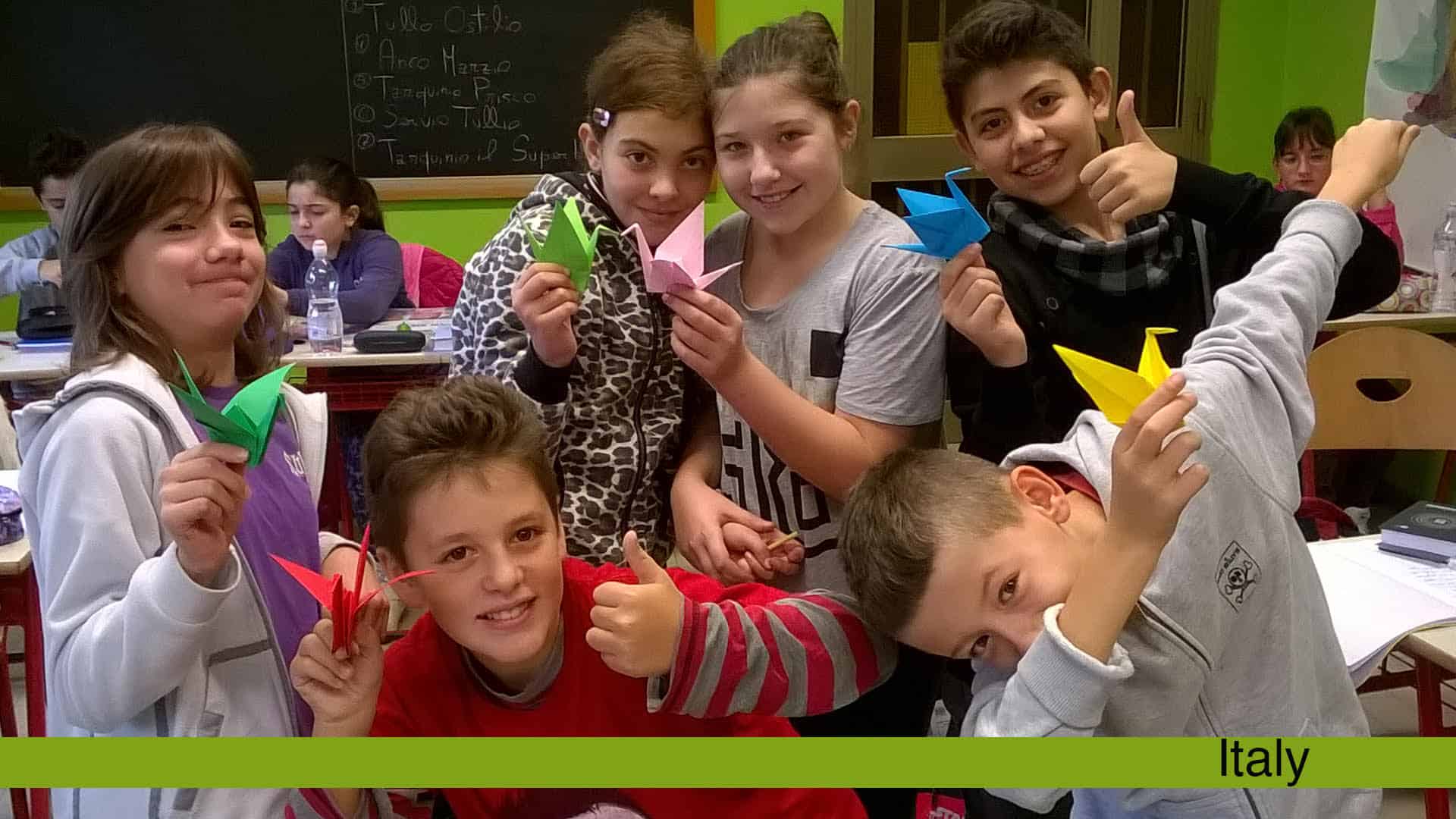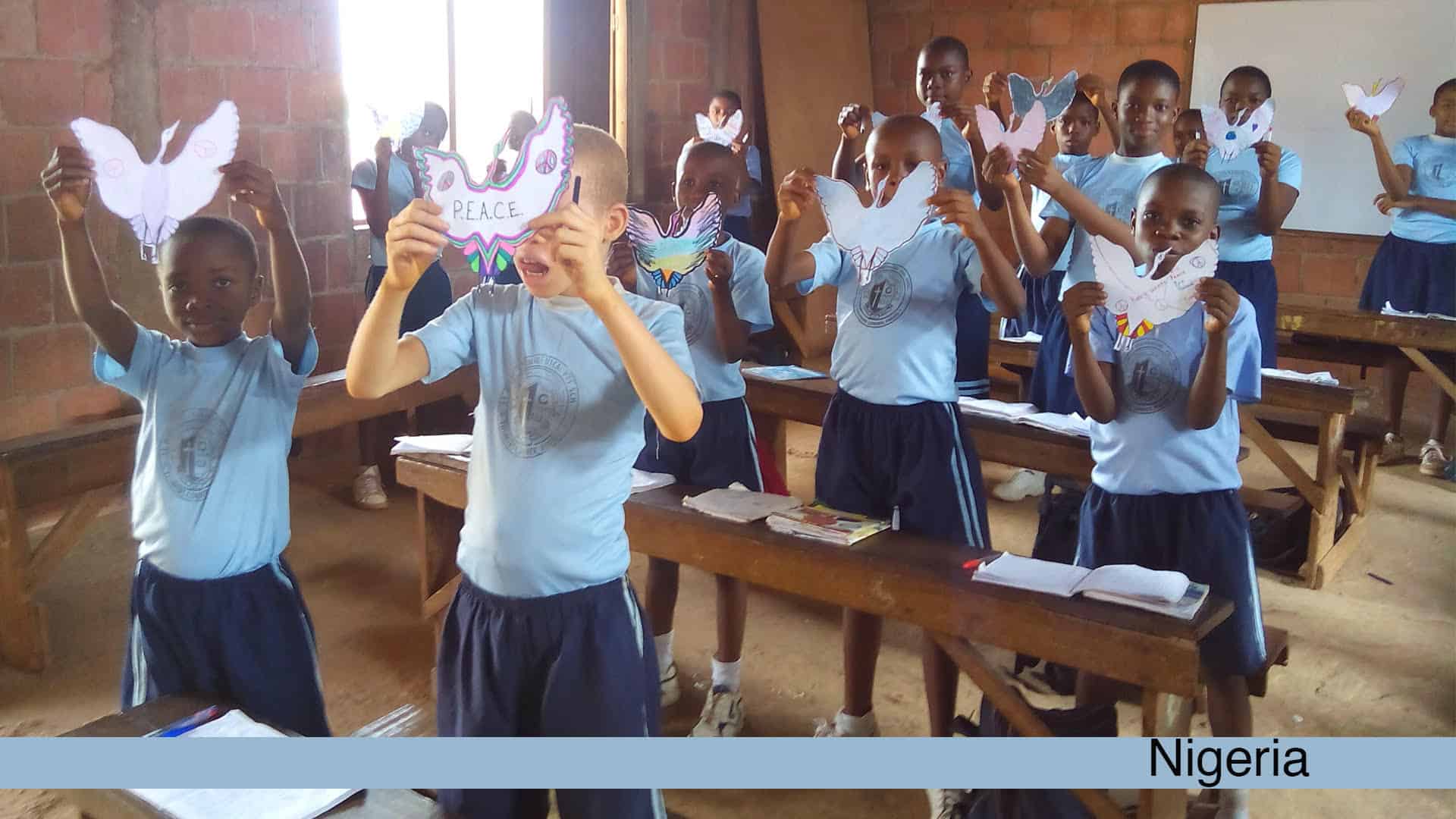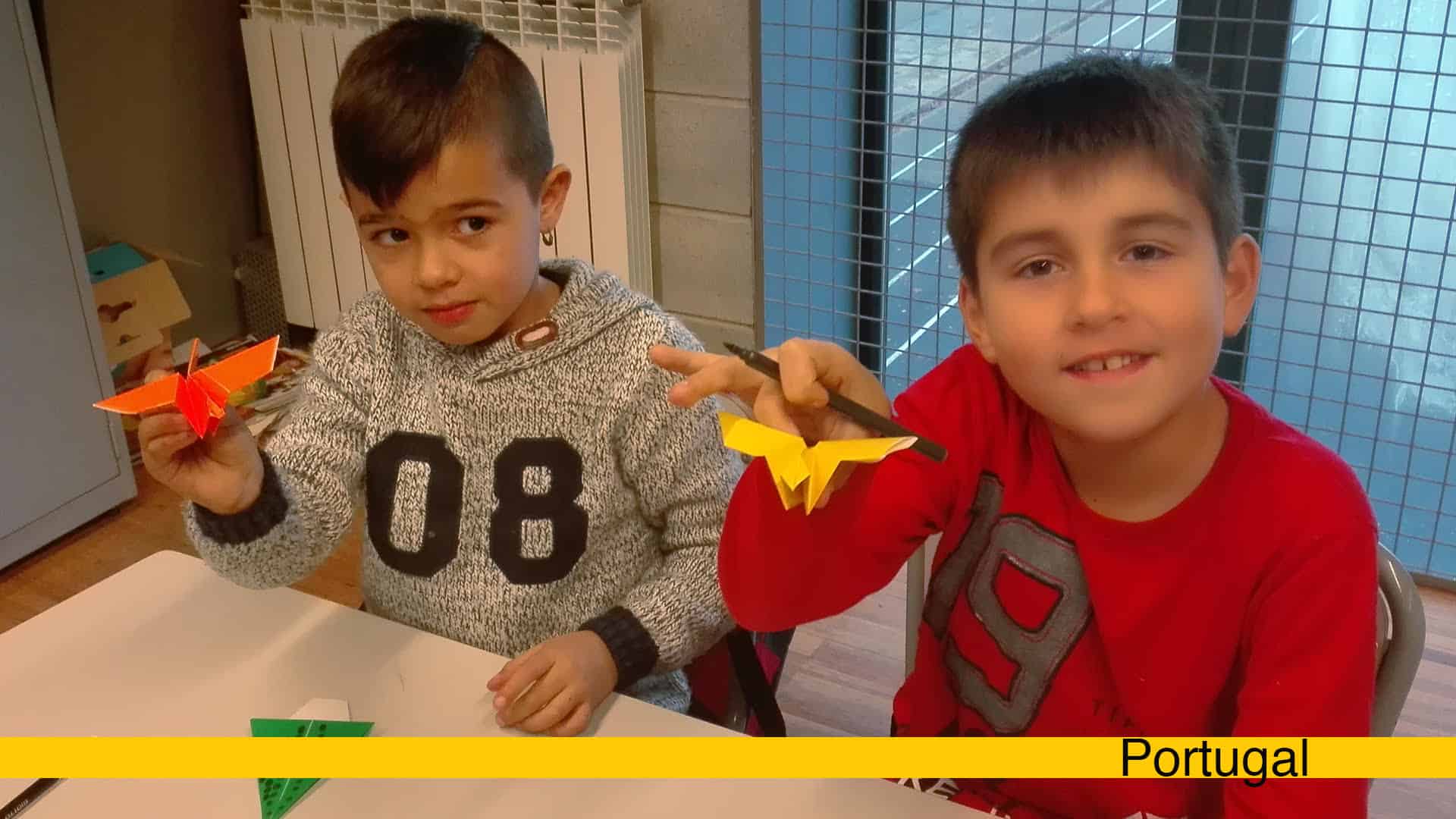Telling Sadako’s Story
When I launched the Peace Crane Project, I had never heard the story of Sadako. As teachers began to sign up, they told me they were reading Sadako’s story along with exchanging cranes through me. I ordered every book I could find about her and also searched through the websites in Japan, learning her life story. I was surprised to discover that the story most often told in the USA did not match the version her family told, nor the one taught by the Hiroshima Peace Memorial Museum. This discovery launched a years-long quest to bring her true story to the English-speaking world.
In 2017, our mutual friend, Miyuki Sohara, offered to introduce me to Masahiro Sasaki, Sadako’s older brother. I flew to Japan to meet him, spending as many hours as I could interviewing him and hearing his thoughts on life, the war, the state of the world, and his role in all of it. My respect and admiration for Masahiro-sama grew as we chatted. I knew immediately it was my duty to honor his story and do my best to tell it exactly as I heard it, and unlike anything I had read in English. At the end of this first visit, Masahiro-sama and I decided to collaborate on a book designed to reveal the truth to the world. Working laboriously for the next two years with our tireless translator, Naomi Nakagoe, each word I typed was translated into Japanese. Masahiro-sama reviewed and commented on every page. Naomi-san translated Masahiro’s thoughts into English for me. I then flowed his thoughts into the manuscript, bringing the Complete Story of Sadako Sasaki to life.
Since the publication of the book, my affection for and appreciation of the Sasaki family has continued to grow. Masahiro-sama and now his sons Yuji-san and Sumiyuki-san are invaluable friends, and essential advisors and collaborators. We’ve added a short manga-style bio of Masahiro’s life since Sadako’s passing HERE. Masahiro-sama took the time a few years ago to answer students’ questions HERE. We are now looking at ways to work more closely together to ensure the Peace Crane Project continues to keep the dream of peace alive and the paper cranes in flight.
We look forward to sharing more news of our collaboration in the months and years to come.
Sue DiCicco
THE COMPLETE STORY OF SADAKO SASAKI
Read the Complete Story of the Courageous Girl whose Life and Death Inspired a Worldwide Call for Peace.
Sadako Sasaki was two years old when the atomic bomb was dropped on her city of Hiroshima at the end of World War II. Ten years later, just as the world around her was starting to feel normal again, this energietic, enthusiastic girl and first-rate runner was fighting for her life. She had contracted “atomic bomb disease.”
In this book, Sue DiCicco and Sadako’s older brother, Masahiro Sasaki, tell her story in English for the first time. Read the story of her patience and courage throughout her illness, how she inspired her family and friends, and became a symbol of all people, especially children, who suffer from the effects of war.
BUY NOW IN THE USA ON AMAZON
Also available at your local bookstore, Amazon worldwide, and many online retailers.
Masahiro talks about his sister
Acclaim for The Complete Story of Sadako Sasaki
My grandfather, Harry S. Truman, never spoke to me about the atomic bombings of Japan. Like most Americans, I learned about them in school. Textbooks didn’t give me much more than casualty figures. Nothing about what really happened to the people on the ground. Sadako Sasaki’s story was the first human story of the bombings I’d ever read. It led me to Masahiro and two visits to Hiroshima and Nagasaki, the second, with my son, Wesley, to record survivor testimony for the Truman Presidential Library. In all that time, Masahiro rarely told his own version of his family’s story, preferring to focus on his sister’s courage and selflessness. Now, we have the full story of the courage and selflessness of the entire Sasaki family, their friends and the people of Hiroshima.
Born in Hiroshima in 1943, Sadako Sasaki was two years old when she experienced the atomic bombing. She lived life as fully as she could, but it was cut short at the young age of twelve. The powerful message she proclaimed throughout her entire life still resonates with us all: Peace in our world can be achieved not through holding grudges but through striving to live our lives with compassion for others. Hope will be born from overcoming our differences, from profound understanding of one another, and from respect for our fellow human beings.
When children make a crane it gives them a personal connection to a tragedy that they might otherwise not grasp because its horrific dimensions surpass normal imagination. Focusing on one person’s story opens the possibility of becoming engaged in the abolition of nuclear weapons. If a mere one hundred explode every person’s life on this frail planet will suffer beyond normal imagination and we must never let that happen.
The Complete Story of Sadako Sasaki reminds us of our essential goodness and belongs in libraries, classrooms, and homes everywhere. Sadako inspires us to connect with others, recognize their needs, and act accordingly regardless of our personal circumstances. Omoiyari-no-kokoro, the act of showing empathy and concern, is demonstrated over and over again, as both Sadako and the authors offer us an opportunity to understand the joy of living beyond ourselves. The Peace Crane Project, described in the epilogue, is a beautiful opportunity to experience this joy and help create the conditions for a culture of peace.
This book tells the story of a young girl, Sadako Sasaki, an innocent victim of war. While in the hospital, twelve-year-old Sadako folded one thousand paper cranes in the hope of recovering from her atomic bomb-induced disease, and then she continued folding another one thousand paper cranes for her father. The book was written to inform young readers of Sadako’s struggle and to inspire them to take action for peace. I believe it succeeds on both counts.
In Santa Barbara, the Nuclear Age Peace Foundation and La Casa de Maria created Sadako Peace Garden, a beautiful, natural garden in honor of Sadako, and each year we hold a commemoration in the garden on or about August 6 (Hiroshima Day), which we refer to as Sadako Peace Day.



